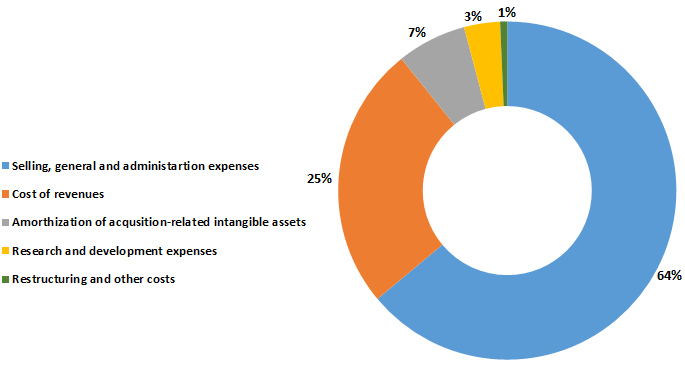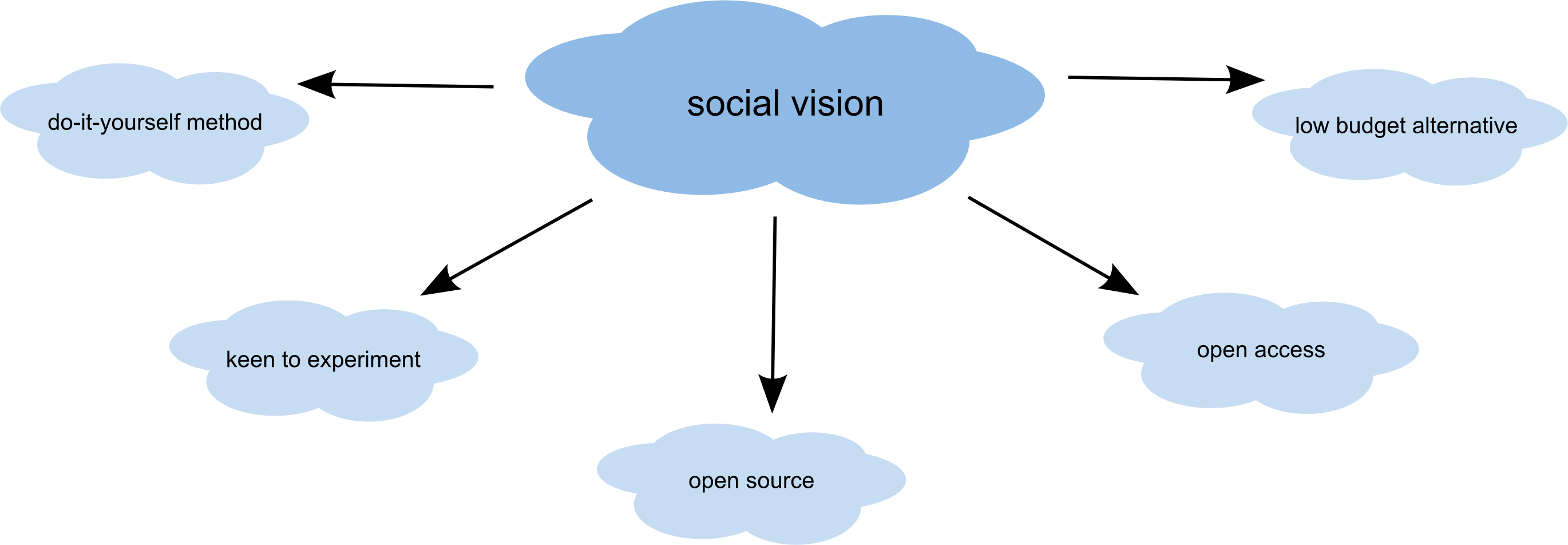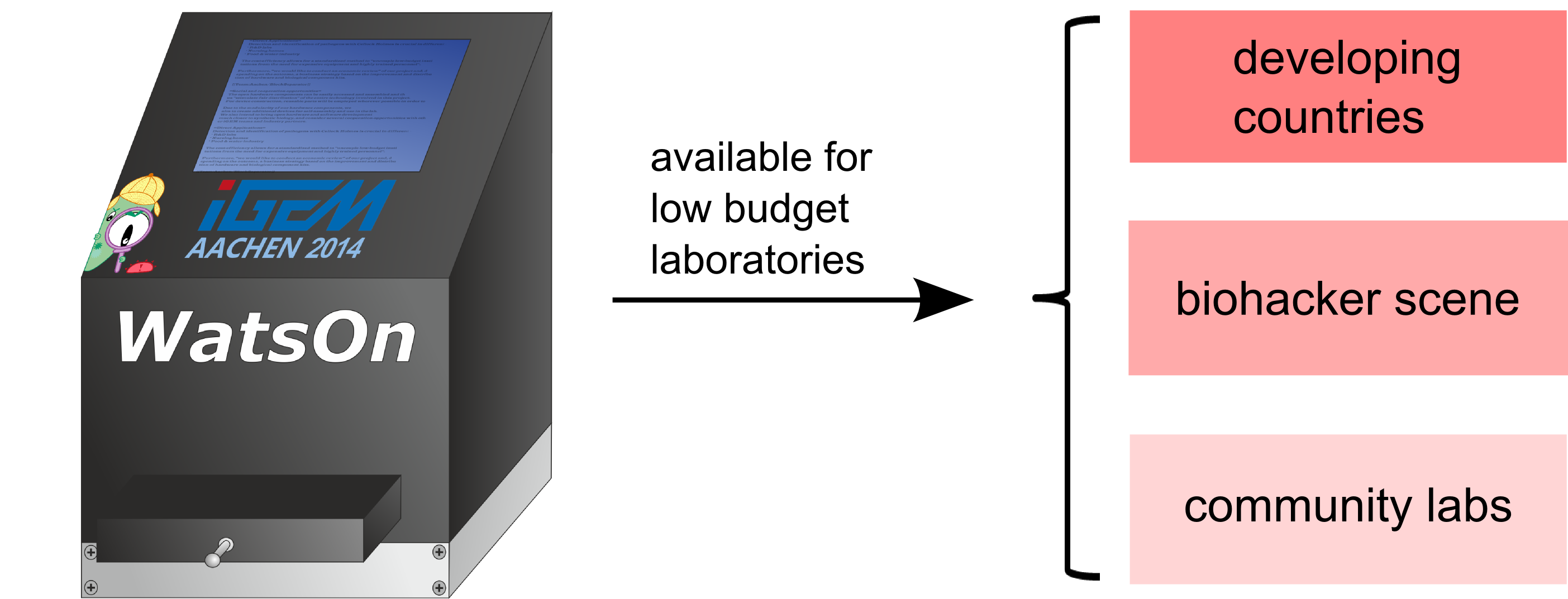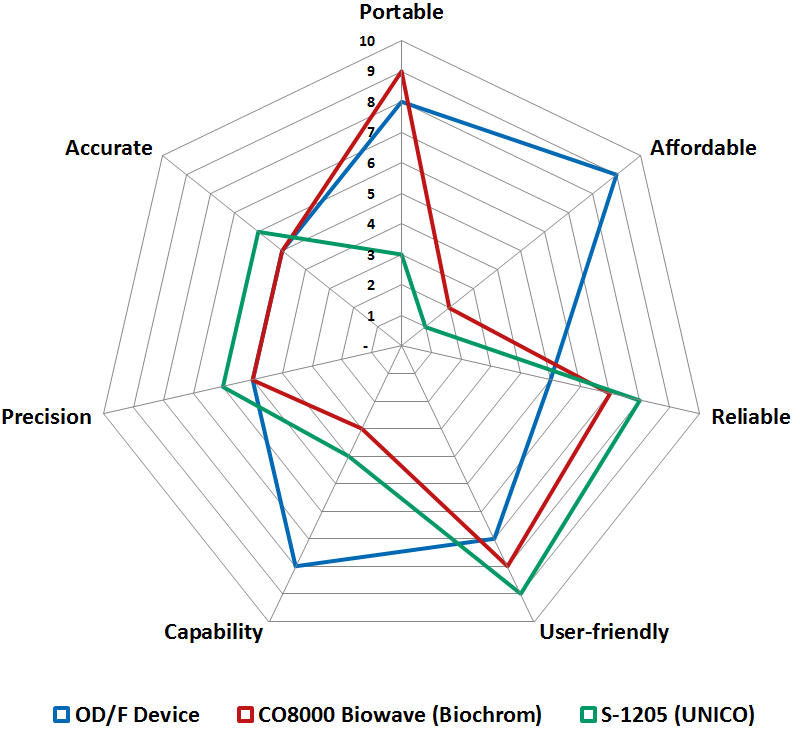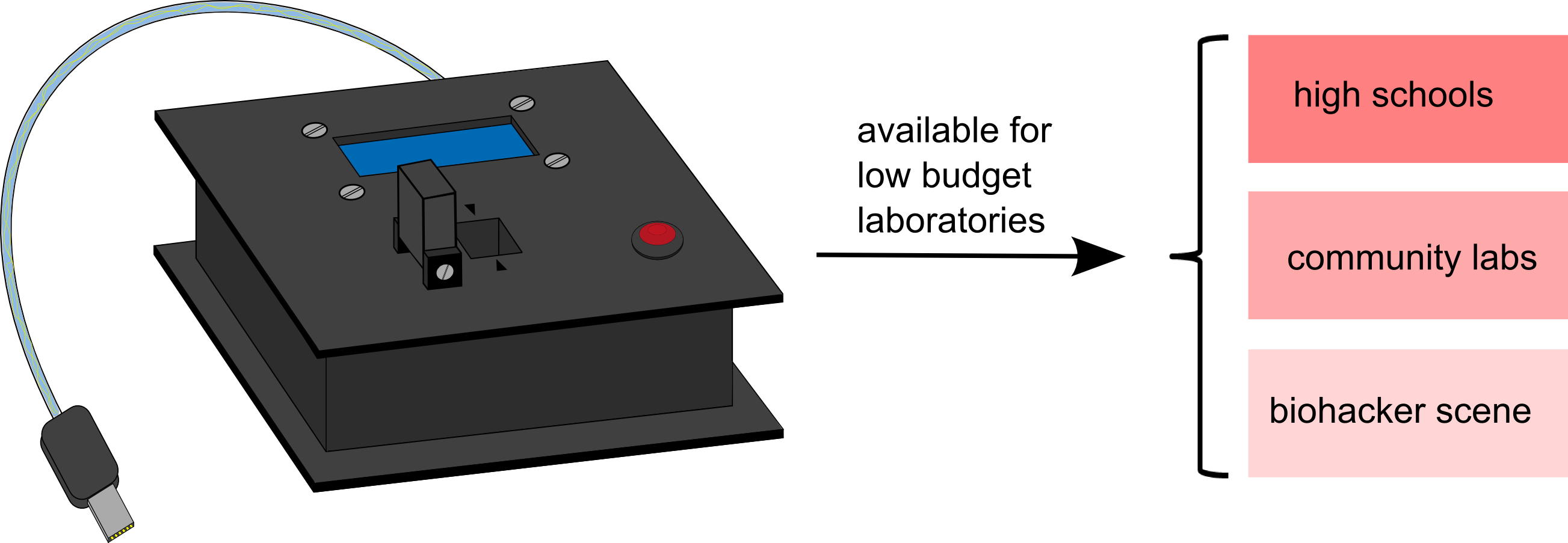Economical View
The economical considerations regarding our project were carried out according to the motto:
Make the world a better place - Open access for scientific progress
In the center of every economic analysis are the customers and their needs and desires. Every commercial company is interested in satisfying and dealing with all customer needs for better sales figures, in order to maintain regular clientele. Both measures aim for higher financial profits. On the global seller’s market of technical laboratory equipment there is a permanent competition between the existing providers. On the one hand, this competition depends on the mentioned financial profits and, on the other hand, on the following factors: technical improvement followed by price wars. Due to globalization products from the Asian market are increasingly competing with the American and European market resulting in intensitief price wars. On the Asian market personnel and production costs are much less and thus the same product can be sold with higher profits. Some of these products are less expensive but are often of lower quality, too. However, for a company it is important to chose a good price-performance ratio because this factor always catch customers and influence their purchase decision.
Take a look at cost calculations for technical laboratory equipment including development, production, transport, warehousing and sale. Usually, you will find that in this branche there are really low costs for research and development, restruction and amorthilisation. In contrast, general expenses and costs for administartion, revenues, and sales are high. Lastly, financial profit is a big cost point cause businesses have to be self-financing. In general, these factors are making technical equipment for labs really expensive, and therefore unaffordable for low budget instutions.
One of the world's biggest producers of laboratory products is [http://www.thermofisher.com/en/home.html Thermo Fisher Scientific]. They also offer photometers and other equipment. The image on the left side shows all costs and operating expenses listed in the [http://ir.thermofisher.com/investors/financial-information/annual-reports/default.aspx Annual Report 2013] from Thermo Fisher Scientific.
We follow a strategy to circumvent unnecessary costs for customers by realizing a social vision. In accordance with the principle of open source including both open hardware and open software, information where to get the necessary components, quantities, a step-by-step technical construction manual and circuit diagrams could be published online for free. Potential customers can follow our given building instructions and download needed informations from our engineering website. So our profit is not of financial nature but is instead based on recognition and on motivating other iGEM teams and companies to spread the idea of open hardware, too. In accordance with the motto do-it-yourself we offer low budget versions while reducing all potential costs exept for the basic costs where material costs are falling under it. Customers with a little technical skill, willingness to try something new and keen to experiments could follow our step-by-step building instructions and creat their own devices.
To make our whole idea more user-friendly we thought over the offering of device kits. With this theoretical method customers don't have to order a lot of separate device parts from diffrent componies but still were not able of flexibility. Flexible with regard to potential new modifications of the devices including the choise of other building parts or a replenishment. Especially in natural science changes are lying under a daily agenda. New improvements are so direct assimili- and realizable in our concept devices.
At least we want to mention that our vision is limited in getting acceptance by companies on the global seller market and we know about this problem. These companies, parts of them global players, are profit orientated and following another firm strategy. Our vision is standing against this as non-profit-idea finding acceptance in other groups of customers with lower budgets and just open view of fiancial aspects.
|
 "
"

